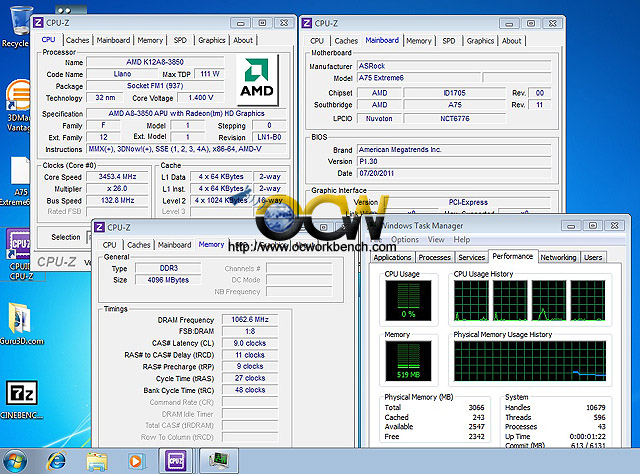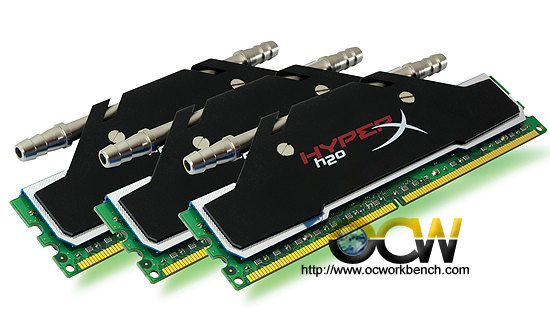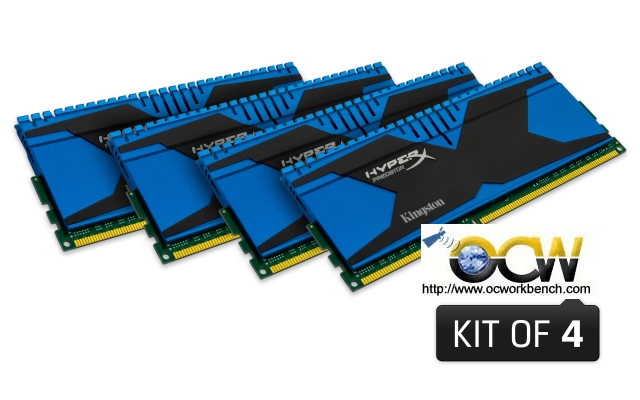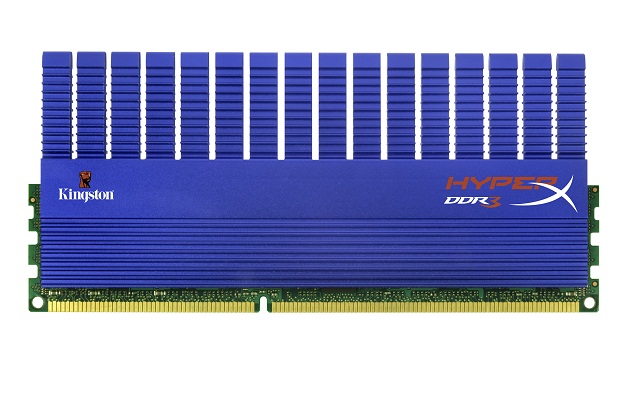SiSoft Sandra 2011 Benchmarks
In memory benchmarks, it can be clearly seen from the chart that the GENESIS has a 3GB/s lead when operating at DDR3-2133 as compared to the T1 series t DDR3-1866. In fact, it is not unusual to see on Intel platform, lower CAS latency does not impact bandwidth that much. This is proven with HyperX GENESIS running at profile #2 at C9-9-9-27-2T cs T1 series at C7-8-7-20-1T. The difference is very minute.
With bandwidth as the major concern for Intel platforms, the higher the bandwidth, it will also affect the performance results. This is again the same for Processor Arithmetic. When we run the GENESIS at DDR3-2133, the performance is 59.52 GFLOPS. When it is at DDR3-1866, it lowers to 59.44, albeit slower than the T1 series at DDR3-1866 but at 1T and C7.
What about Processor Multimedia ?
Again, we see that running at DDR3-2133 has an advantage. This time round, the lower latency on the T1 series does help a bit with a score slightly better than the HyperX GENESIS at 95.65 MPixel/s.
Media Transcoding is important for those who choose an Intel platform. So, how does memory plays a part. As we can see from the chart, a lower and speedier cmd rate does help the performance. With higher latency higher bandwidth, the performance actually went down from 770 KB/s to 691KB/s. Looks like you will need 1T cmd to speed things up when it comes to data crunching.









